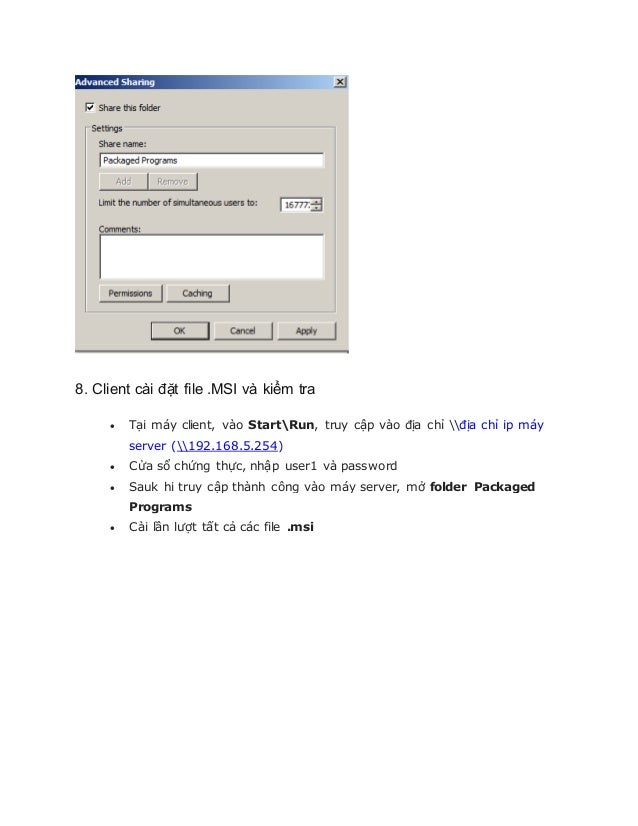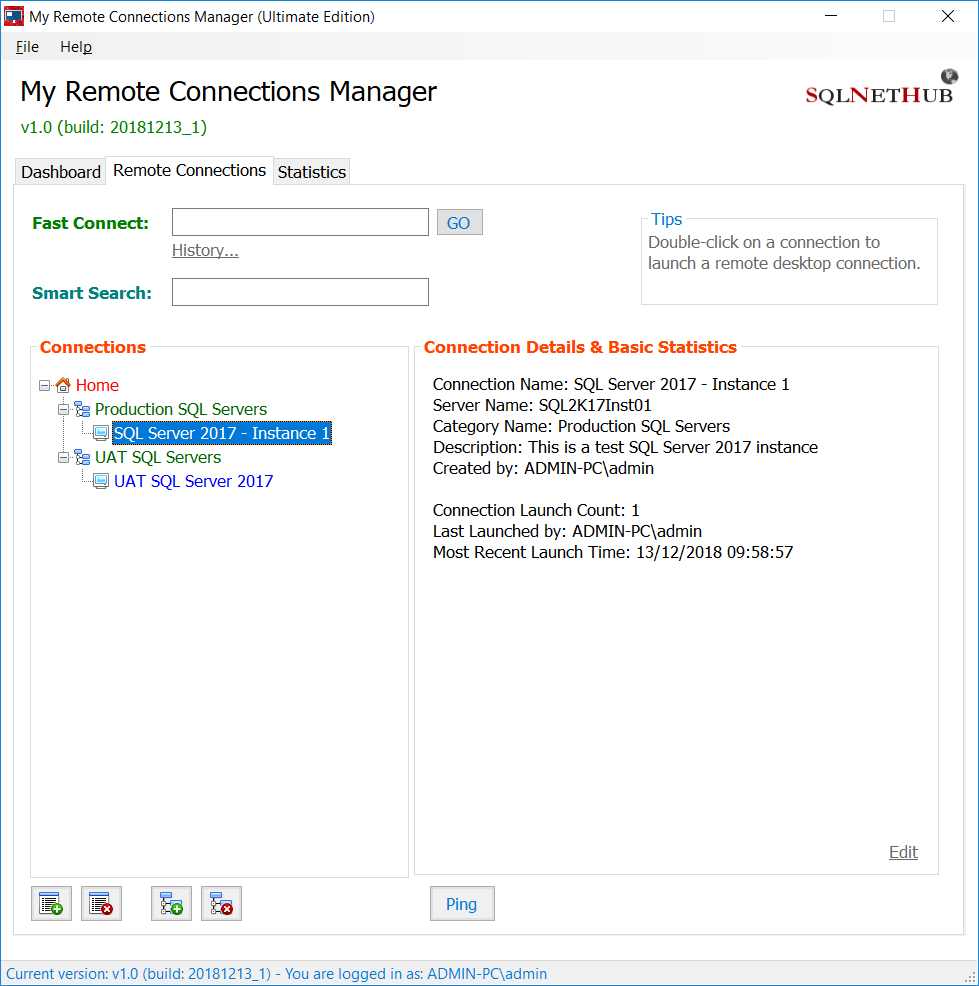

When Terminal Services Manager loads, you’ll see a screen similar to the one shown in Figure A. You can access Terminal Services Manager by selecting Programs | Administrative Tools | Terminal Services Manager from the Start menu. Terminal Services Manager is automatically installed onto any server that you install Terminal Services onto. Furthermore, the utility uses a single console to manage every terminal server in your entire organization.

This tool is capable of controlling virtually all aspects of Terminal Services. Terminal Services Manager is a comprehensive tool for managing Windows 2000 Terminal Services. I’ll also share some techniques and tricks you can use when troubleshooting problems with Terminal Services. In this Daily Drill Down, I’ll introduce you to Terminal Services Manager and explain its various features. Although other tools are available, the primary tool for managing Terminal Services is Terminal Services Manager. Whether you use Microsoft Windows 2000 Terminal Services purely as a network management tool or as a platform for hosting user terminal sessions, you need a method for managing it.

Learn the features of the Terminal Services Manager and techniques and tricks for troubleshooting problems with it Step-By-Step: Monitor terminal server sessions using Terminal Services Manager


 0 kommentar(er)
0 kommentar(er)
